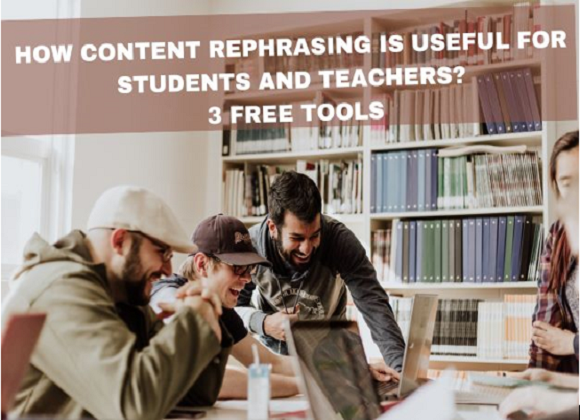Problem-based learning
A bunch of students is huddled around a notebook with their pens deep into the discussion. The problem given to them is a story-based problem from Probability where they need to predict something. It is language-heavy. The group is a mix of students good in maths and language. The language strong are explaining the story and the math strong are solving the problem simultaneously. Finally, the group leader ensures that everyone has grasped the solution for when they present the solution, anyone can be asked to explain a detail.
“In problem-based learning, students work in small groups to investigate meaningful problems, identify what they need to learn in order to solve a problem and generate strategies for solution”, (
Barron et al, 2008, pp.8).
The students engage in discussions. The teacher observes the class to see how the different groups are behaving. This is a ‘step-back moment for the teacher. The rubric with the problem containing points for solving the problem and group behavior takes care of most of the work the teacher would do normally on her own.
Cooperative learning
“Much of the work involving inquiry-based learning involves students working in pairs or groups to solve a problem, complete a project, or design and build an artifact” (
Barron et al, 2008, pp.10). However, it works wonders for the math textbook question solving too.
Consider a group of four students working together. They are at different levels in math. They have an exercise of sums between them. They discuss each problem and then work on it individually. The students help each other to learn the skills of solving the problems. This is a safe zone and hence helps them in social and behavioral areas, self-concept, social interaction, time on task, and positive feelings toward peers (Barron, 2008)
Success
These two strategies benefited all students but had a great impact on females (Brame, 2016) as they felt included in the discussions and had a chance to express themselves.
They brought the scores of the low ability students high as they found a safe space with peer support. And the high-ability students felt challenged with an inquiry through dialogue or problem-solving tasks.
Outcome
Inquiry pushes students to think deeper and cooperation gives them a safe space to express themselves and learn from others. The teacher’s role is that of a facilitator who helps students “discern the information that they get” (
Edutopia, 2012, 2.29).
About the author
 |
Monica Kochar started her career as a Maths teacher in 1993. She has years of experience as a Maths Curriculum Designer with leading education platforms. This write-up has been reproduced from ' Humane Maths ' with the Author's consent. Any views expressed are personal. |


